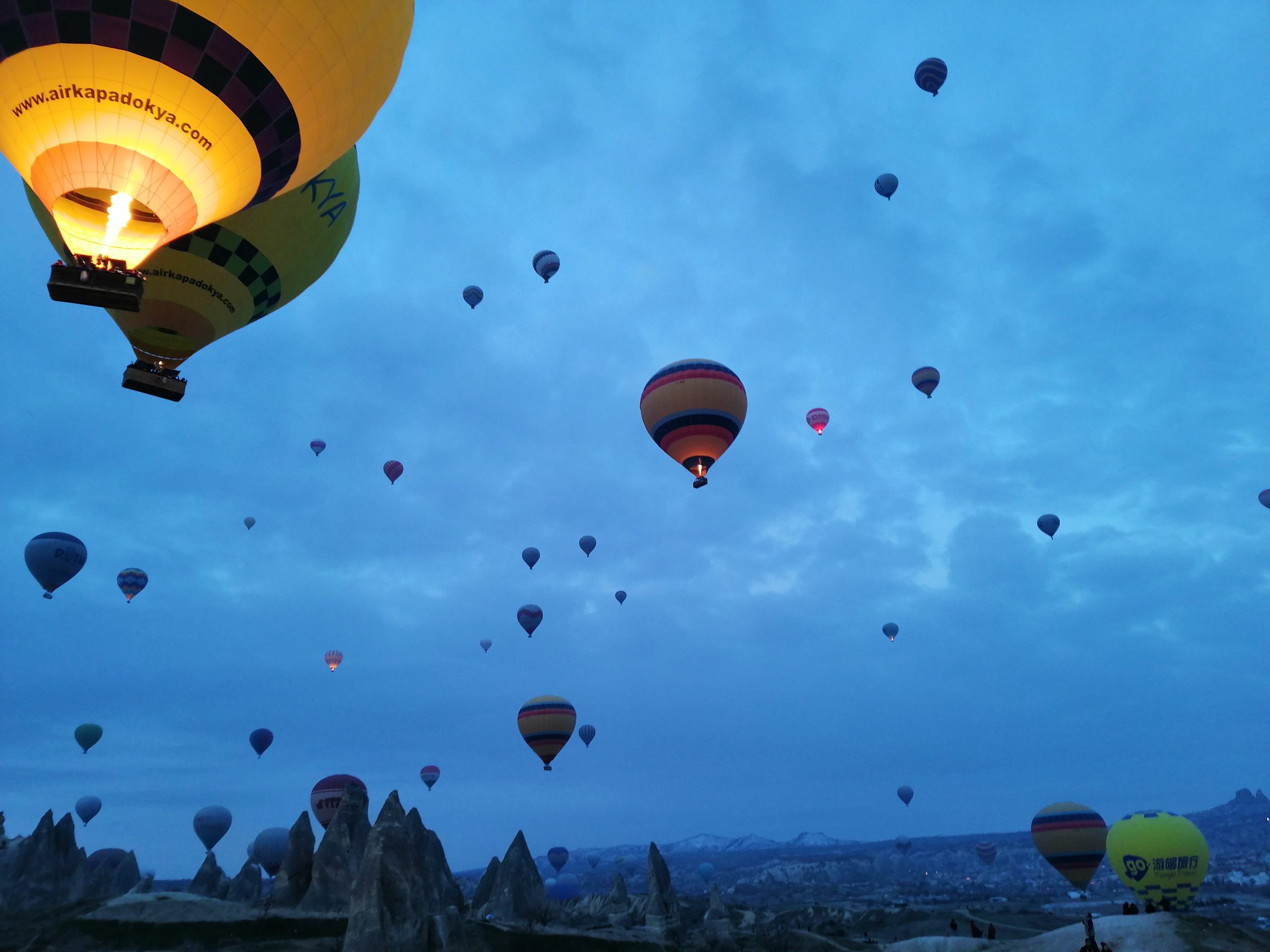Chapter 12: Gases
Enhanced Introductory College Chemistry
by Gregory Anderson; Caryn Fahey; Jackie MacDonald; Adrienne Richards; Samantha Sullivan Sauer; J.R. van Haarlem; and David Wegman;
Chapter Contents
- 12.1 Gas Pressure
- 12.2 Relating Pressure, Volume, Amount, and Temperature: The Ideal Gas Law
- 12.3 Effusion and Diffusion of Gases
- 12.4 Stoichiometry of Gaseous Substances, Mixtures, and Reactions
- 12.5 The Kinetic-Molecular Theory
- 12.6 Non-Ideal Gas Behaviour
- Summary
- Review
Except where otherwise noted, this OER is licensed under CC BY 4.0
Please visit the web version of Enhanced Introductory College Chemistry to access the complete book, interactive activities and ancillary resources.
In this chapter, you will learn about
- The relationships of pressure, temperature and volume as they pertain to gases
- The nature of gas particle movement
To better support your learning, you should be familiar with the following concepts before starting this chapter:
- Mathematics
- Stoichiomentry

We are surrounded by an ocean of gas – the atmosphere – and many of the properties of gases are familiar to us from our daily activities. Heated gases expand, which can make a hot air balloon rise (Figure 12a) or cause a blowout in a bicycle tire left in the sun on a hot day.
Gases have played an important part in the development of chemistry. In the seventeenth and eighteenth centuries, many scientists investigated gas behaviour, providing the first mathematical descriptions of the behaviour of matter.
In this chapter, we will examine the relationships between gas temperature, pressure, amount, and volume. We will study a simple theoretical model and use it to analyze the experimental behaviour of gases. The results of these analyses will show us the limitations of the theory and how to improve on it.

